1. Neglecting Curb Appeal

First impressions matter, and your home’s curb appeal is the first thing buyers notice. Overgrown lawns, peeling paint, or a cluttered front porch can immediately turn off potential buyers. Even if the inside is stunning, many people won’t get past a messy exterior. Simple fixes like fresh mulch, trimmed hedges, a power-washed driveway, or a pop of color on the front door can make a big difference. These upgrades don’t cost much but can significantly improve your home’s perceived value. Think of it as dressing your home for success!
2. Overly Personalized Decor
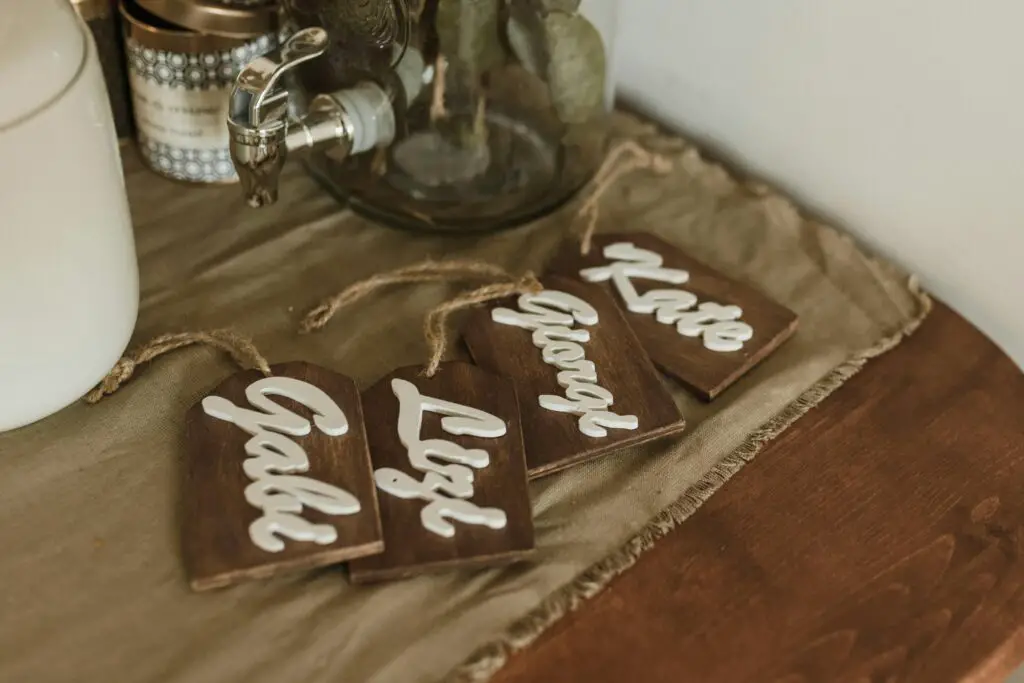
Your home reflects your personality, but when selling, it’s better to tone it down. Buyers need to envision themselves living there, and overly personalized decor can make that harder. Bold wallpapers, quirky furniture, or a wall covered in family photos can feel like obstacles rather than welcoming touches. Opt for neutral colors and clean, simple furnishings. Adding a few trendy but understated accents can keep it stylish without overwhelming potential buyers. Remember, you’re staging the home for them, not showcasing your unique tastes.
3. Dark and Dreary Rooms
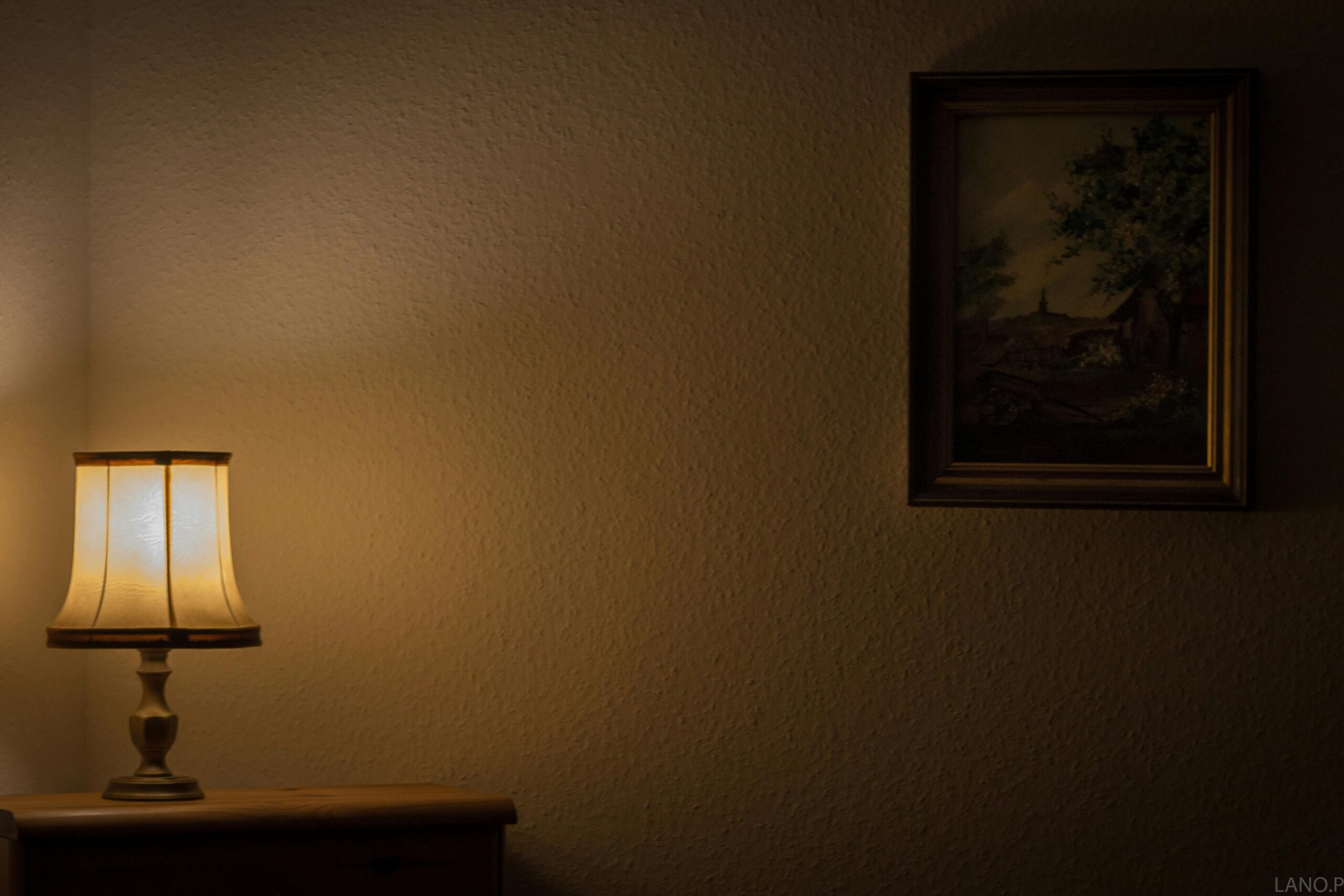
Dark spaces can make your home feel smaller and less inviting. Buyers love bright, airy rooms, so a lack of natural light could hurt your resale value. Replace heavy drapes with sheer curtains, swap out dim light fixtures for brighter LED options, and consider painting walls in light, neutral shades. Even adding mirrors can help reflect light and open up the space. A small investment in lighting can make your home feel more welcoming and spacious.
4. Ignoring Small Repairs

It’s easy to overlook little issues when you live in a house, but buyers will notice them immediately. Squeaky doors, chipped paint, loose cabinet handles, or a dripping faucet signal neglect. These minor problems can add up in buyers’ minds, making them wonder what else hasn’t been maintained. Take the time to tackle a pre-sale maintenance checklist. Fixing small things shows the home has been cared for and gives buyers fewer reasons to haggle on price.
5. Too Much Carpet

Wall-to-wall carpeting is no longer as desirable as it once was, especially in high-traffic areas like living rooms and dining rooms. It can feel outdated, hard to clean, and even unhygienic for buyers concerned about allergens. Hardwood, laminate, or even high-quality vinyl flooring are far more appealing. If replacing carpet isn’t in the budget, a deep clean can help minimize odors and stains. Add area rugs for warmth and style without overpowering the space.
6. Poorly Designed Kitchens
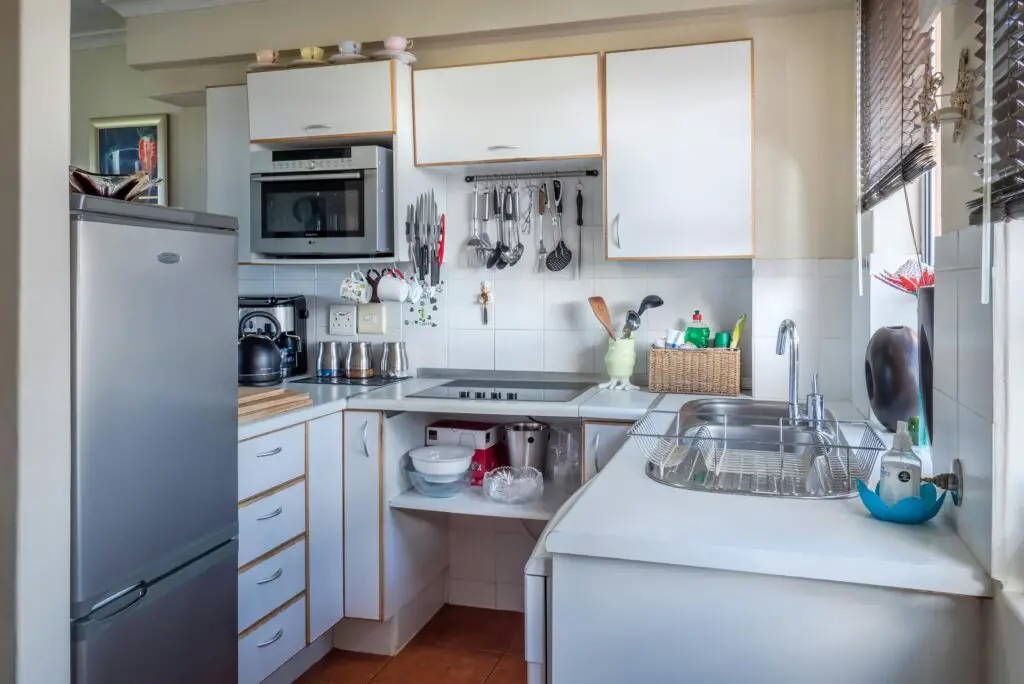
The kitchen is the heart of the home, and a poorly designed one can be a deal-breaker. Outdated appliances, awkward layouts, or lack of storage will make buyers think twice. Small updates like new cabinet hardware, a fresh backsplash, or even repainting cabinets can do wonders. If a full renovation isn’t possible, prioritize functionality. Highlight how the space works, whether by decluttering countertops or staging with a coffee station to inspire cozy mornings.
7. Over-the-Top Luxury Upgrades
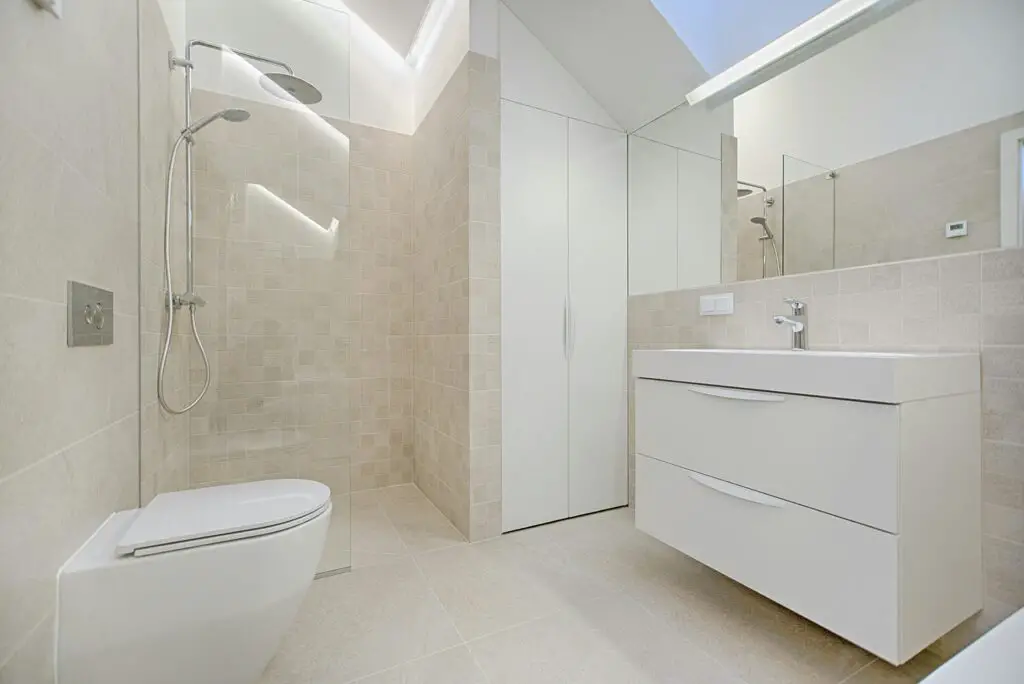
While a spa-like bathroom or high-tech gadgets can be nice, going overboard can backfire. Not everyone wants a chandelier in the bathroom or a wine fridge in the garage. These features might not appeal to a wide audience, and buyers could see them as unnecessary expenses that drive up the price. Stick to upgrades that balance comfort and practicality, like energy-efficient windows or updated flooring. Resale value is about appealing to the masses, not a niche few.
8. Compromising Storage Space
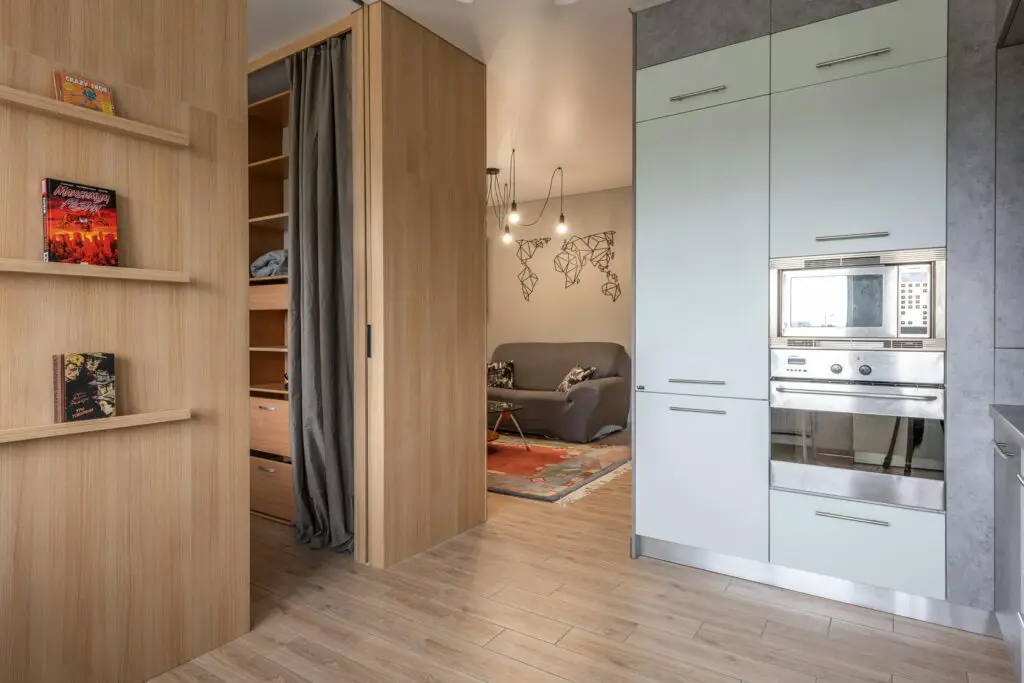
Everyone loves storage, and not having enough can be a major turn-off for buyers. Removing closets to expand rooms or using storage spaces inefficiently could cost you. Instead, maximize what you have with organizers, shelves, or built-ins. Highlight your storage options during showings by keeping them tidy and spacious. Buyers will appreciate functional storage more than a slightly larger bedroom.
9. Unfinished DIY Projects
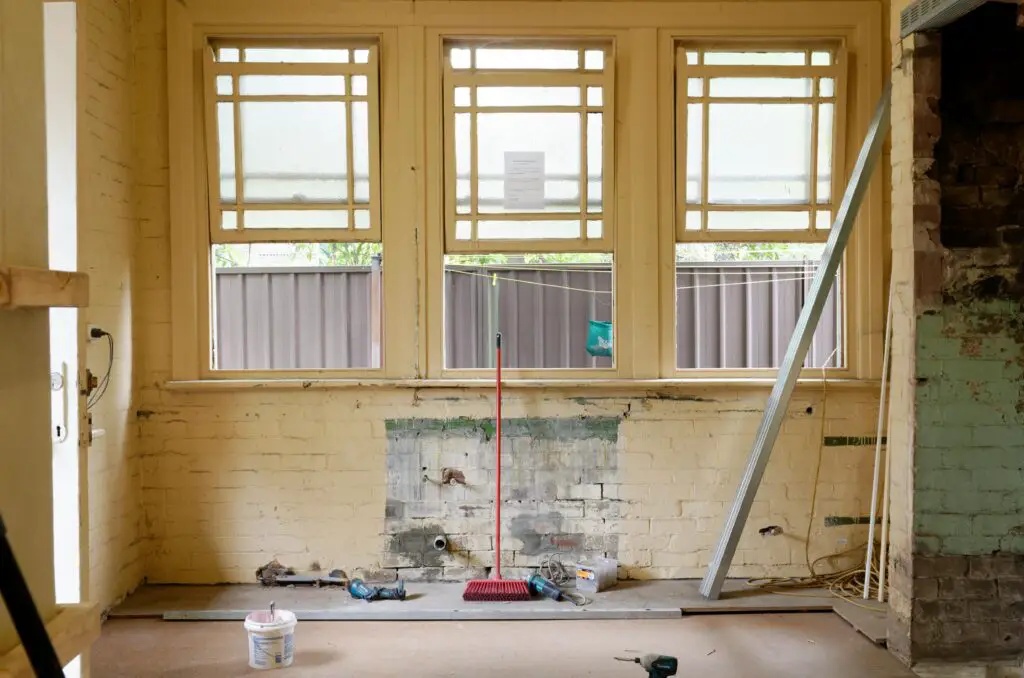
DIY projects can add charm but only if they’re done well. Incomplete or poorly executed work screams “more work” to buyers. Whether it’s a half-painted room or uneven tile, these issues suggest that the home hasn’t been properly cared for. Finish what you’ve started or hire a pro to clean it up before putting the house on the market. Quality workmanship always leaves a better impression.
10. Not Prioritizing Bathrooms
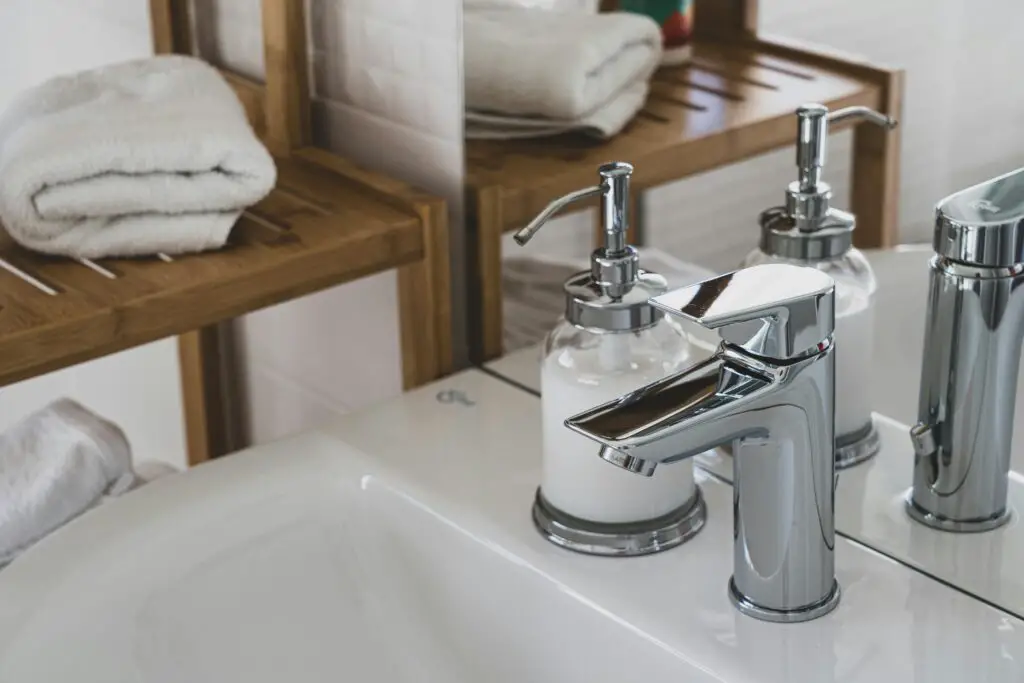
Bathrooms are another space where buyers want to see both style and functionality. Old, discolored grout, outdated fixtures, or poor lighting can make even a clean bathroom feel unpleasant. Simple fixes like re-caulking, replacing fixtures, or updating the vanity can go a long way. Adding fresh towels and a few spa-like touches can also elevate the vibe. A refreshed bathroom can make your home feel modern and move-in ready.
11. Skipping Neutral Paint Colors
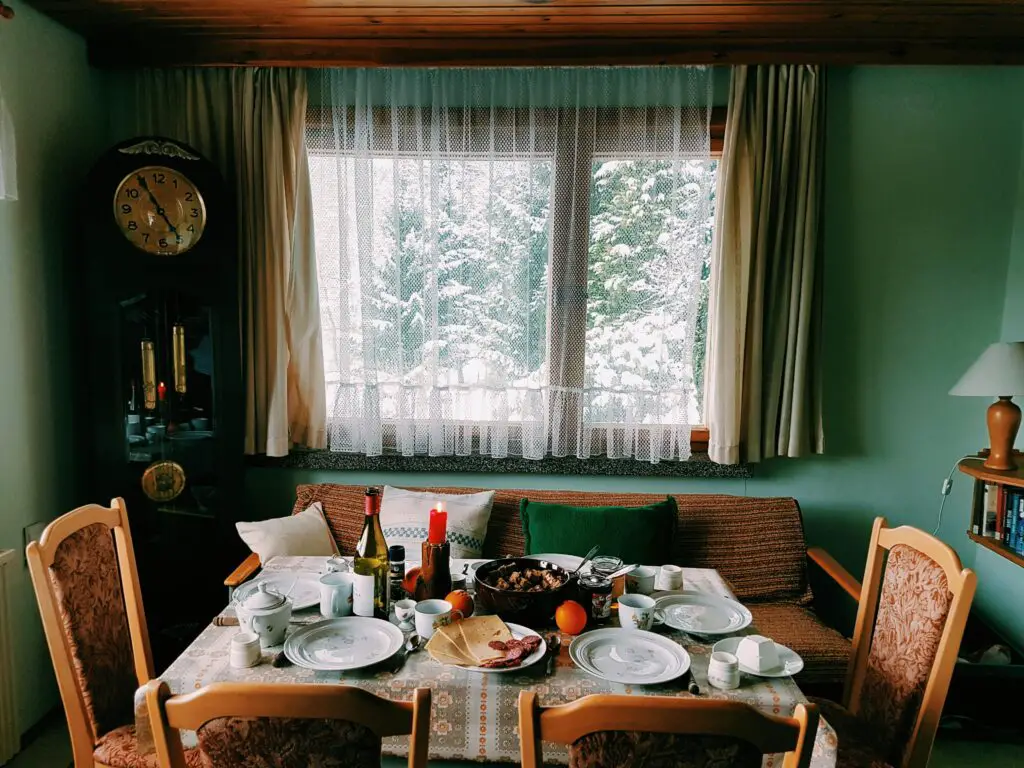
A bright red accent wall or a deep purple bedroom might suit your style but can be jarring to buyers. Bold colors can make rooms feel smaller and limit buyers’ ability to imagine their own furniture in the space. A fresh coat of paint in soft, neutral tones creates a blank slate. Beige, gray, or off-white shades make rooms feel bigger, brighter, and more inviting.
12. Neglecting Outdoor Spaces
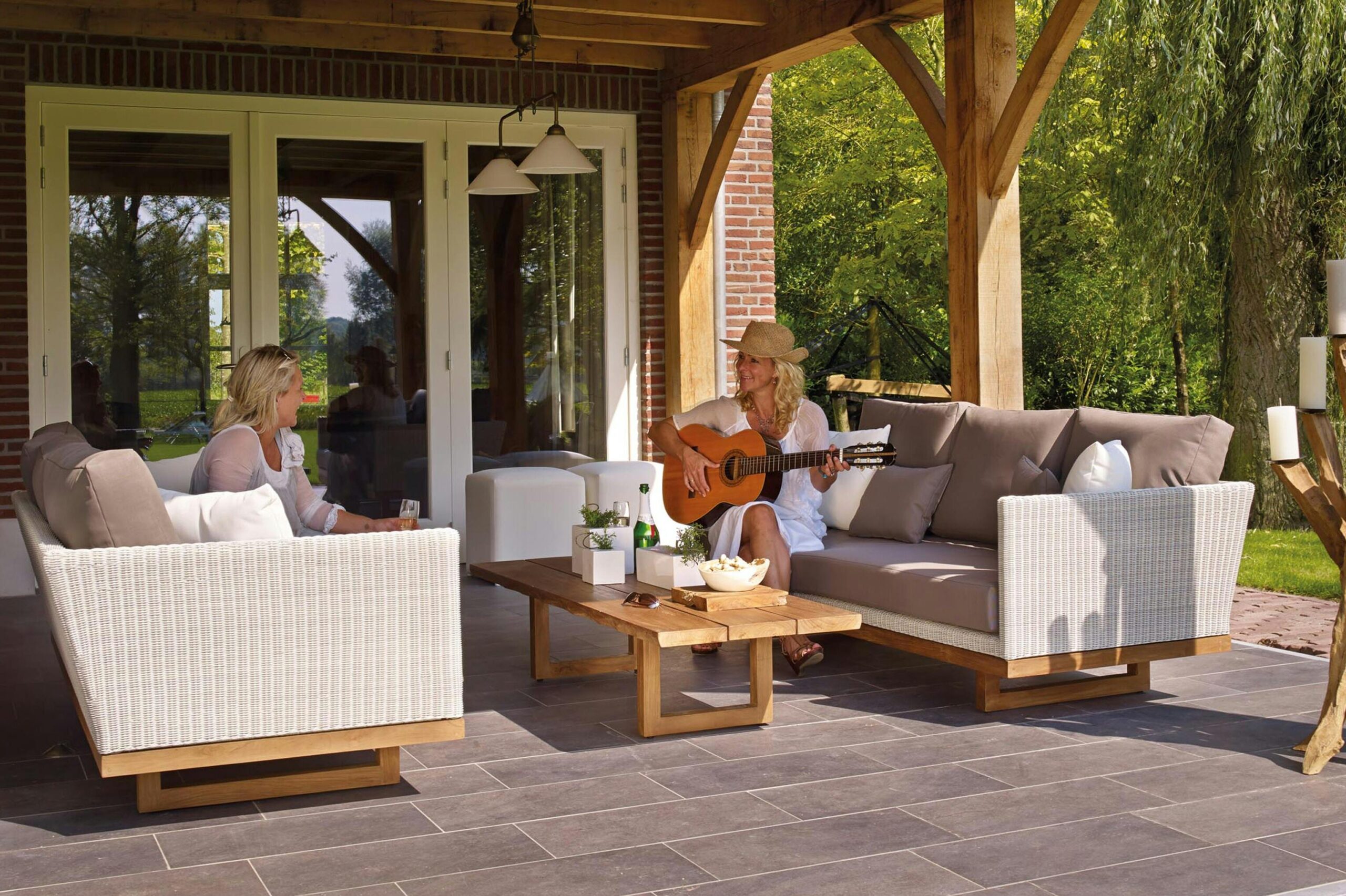
Outdoor areas are an extension of your home and should feel just as inviting. A neglected backyard or cramped patio can turn buyers away. Simple upgrades like adding a few plants, power-washing the deck, or setting up cozy outdoor furniture can make a big impact. Show buyers the potential for entertaining or relaxing outside. An appealing outdoor space often feels like an added bonus to a home.
